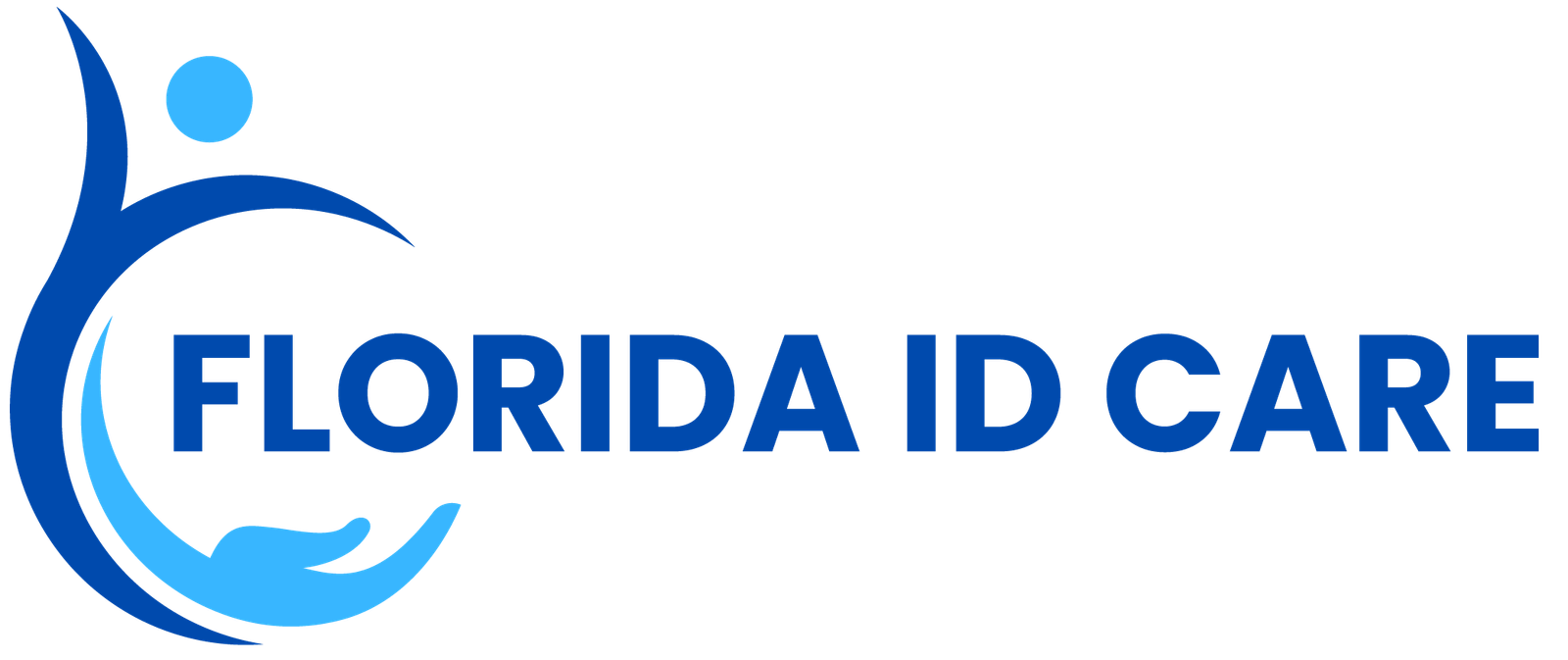HIV Prevention- Key Points About Post-Exposure Prophylaxis (PEP)
- PEP is a short, 28-day course of HIV medication taken after a possible exposure to help prevent HIV infection.
- PEP must be started within 72 hours of potential exposure — the sooner, the better. Every hour counts.
- While PEP can effectively reduce the risk of HIV when taken correctly, it is meant for emergency situations only. It is not a substitute for regular prevention methods like pre-exposure prophylaxis (PrEP).
Other Service
Here are our other services we serve as a professional and expert:
FAQs
Frequently Asked Questions
PEP stands for post-exposure prophylaxis. "Prophylaxis" means preventing the spread of infection. PEP uses HIV medications to prevent infection within 72 hours (3 days) after a possible exposure to HIV.
PEP is meant for emergency use only and is not intended for people with frequent HIV exposure. It does not replace other prevention methods like condoms or pre-exposure prophylaxis (PrEP).
PrEP vs. PEP:
- PrEP is taken daily or as an injection every 2 months to prevent HIV before exposure.
PEP is taken after a potential exposure.
PEP may be prescribed for people who do not have HIV or are unsure of their status and, within the last 72 hours, have:
- Had possible exposure during sex
- Shared needles or drug injection equipment
- Experienced sexual assault
- Had potential exposure at work (e.g., healthcare workers)
If you think you were exposed to HIV, talk to a healthcare provider or go to an emergency room immediately.
While PrEP is a powerful HIV prevention tool, it’s important to understand its limitations:
- It does not protect against other sexually transmitted infections (STIs)
- It is not meant for emergency use — for that, PEP (Post-Exposure Prophylaxis) is available and must be started within 72 hours after potential HIV exposure
- It is not for people who are already living with HIV
PEP must begin within 72 hours (3 days) after potential exposure. The sooner you start, the better — every hour counts.
- PEP is taken daily for 28 days.
- It is unlikely to work if started after 72 hours.
There are specific guidelines based on age, pregnancy, kidney health, and more.
Your provider will help choose the right combination of medications for you.
Cost should not be a barrier to accessing PrEP. There are multiple programs and policies in place to help cover the cost of PrEP medications and related medical visits—whether or not a patient has insurance.
Support options include:
- Manufacturer assistance programs for insured and uninsured individuals
- Government programs such as:
- Medicare
- Medicaid
- U.S. Department of Veterans Affairs (VA)
- State and local PrEP assistance programs Co-pay assistance programs https://www.gileadadvancingaccess.com/help lower the costs of PrEP medications. Income is not a factor in eligibility.
- ViiVConnect https://www.viivconnect.com/offers a program to help pay for PrEP shots.
- Some states have PrEP assistance programs. https://nastad.org/prepcost-resources/prep-assistance-programsSome programs cover PrEP medication, while others cover clinic visits and lab tests. Some programs cover both.
Patient advocacy organizations that offer financial navigation and support.
- PEP can reduce the risk of HIV by over 80% when taken correctly.
- Effectiveness is highest when:
- Started quickly
- Taken daily for 28 days
- No further HIV exposures occur during treatment
Remember: PEP does not protect against other STIs. Using condoms and sterile injection equipment remains important.
Most people tolerate PEP well, but some may experience mild side effects:
- Diarrhea
- Nausea
- Tiredness
- Headache
Serious side effects (like liver problems) are rare but possible.
Talk to your healthcare provider if side effects bother you or don’t go away.
- If your HIV test is negative, consider ongoing prevention like PrEP and consistent condom use.
- If you test positive, follow up with your provider for additional testing and start HIV treatment right away.
